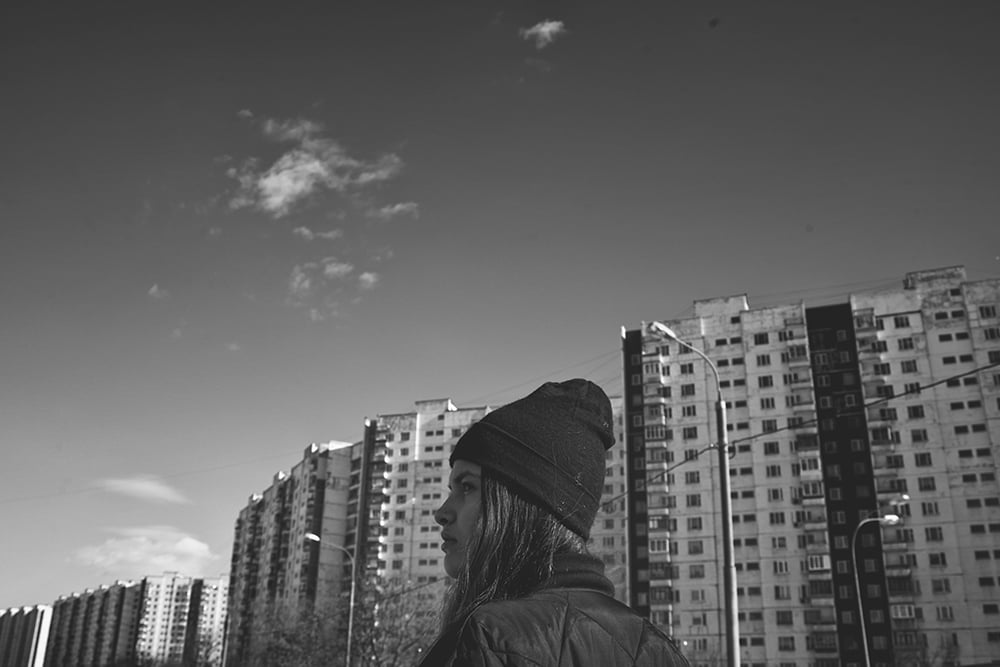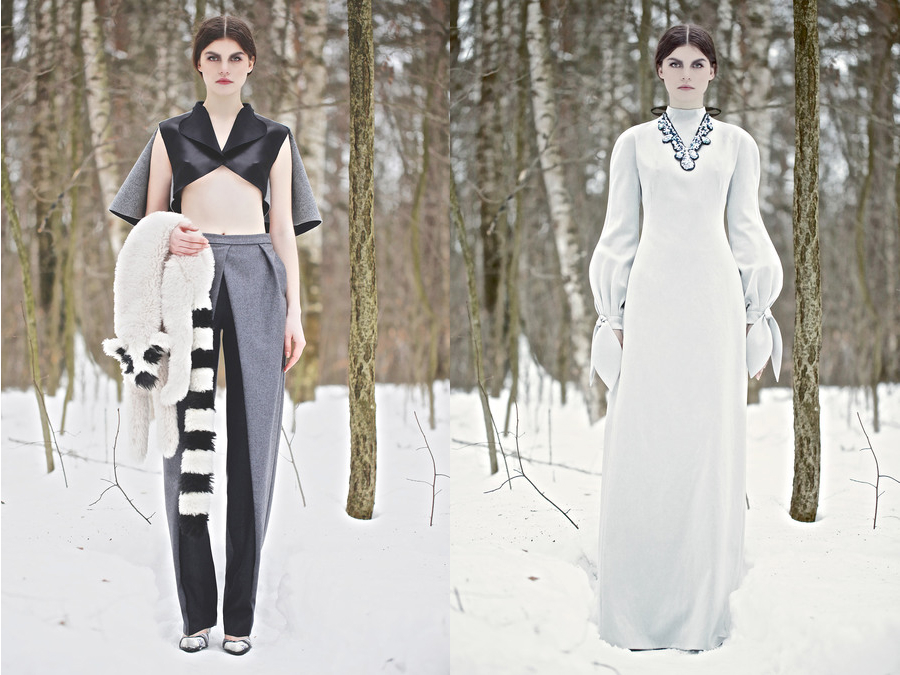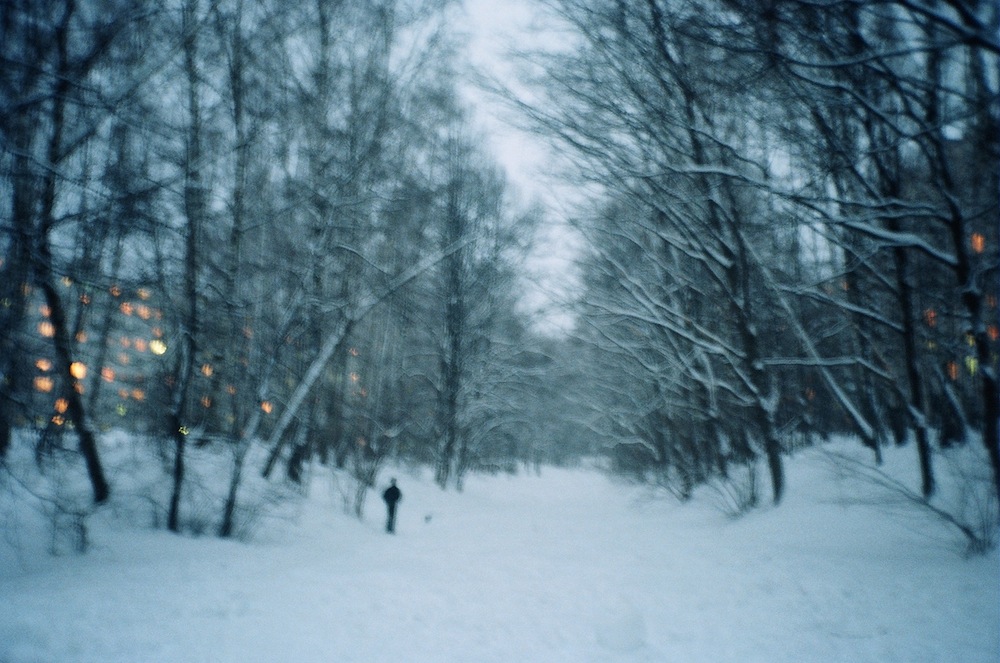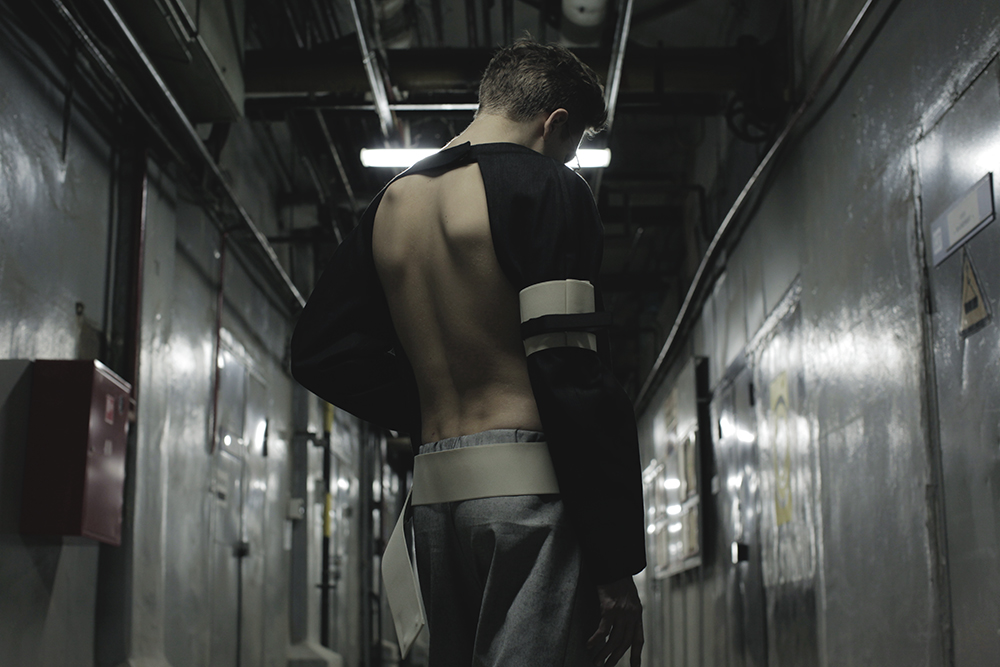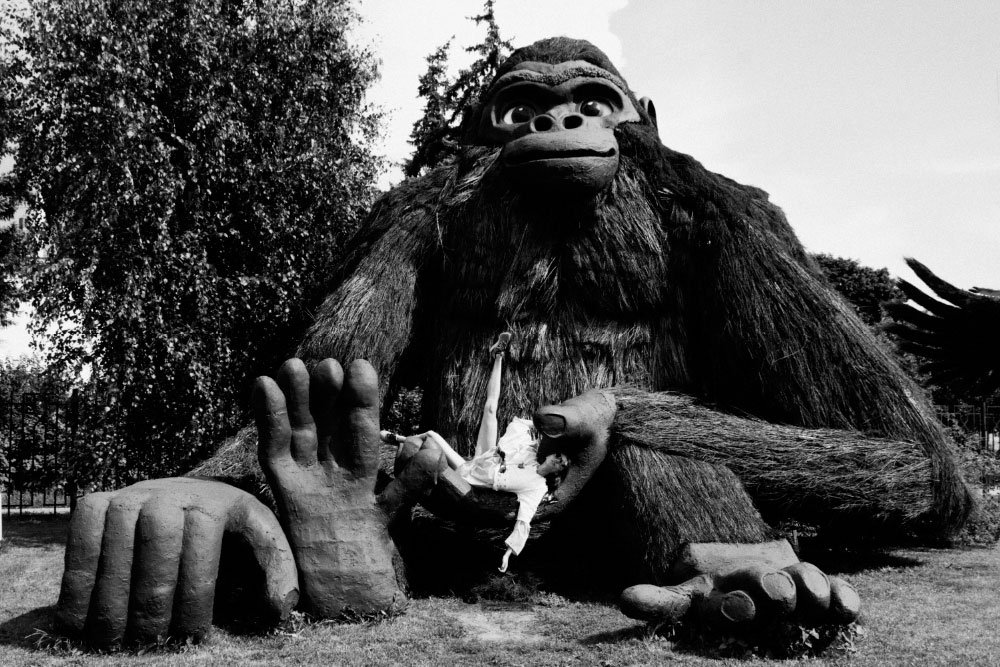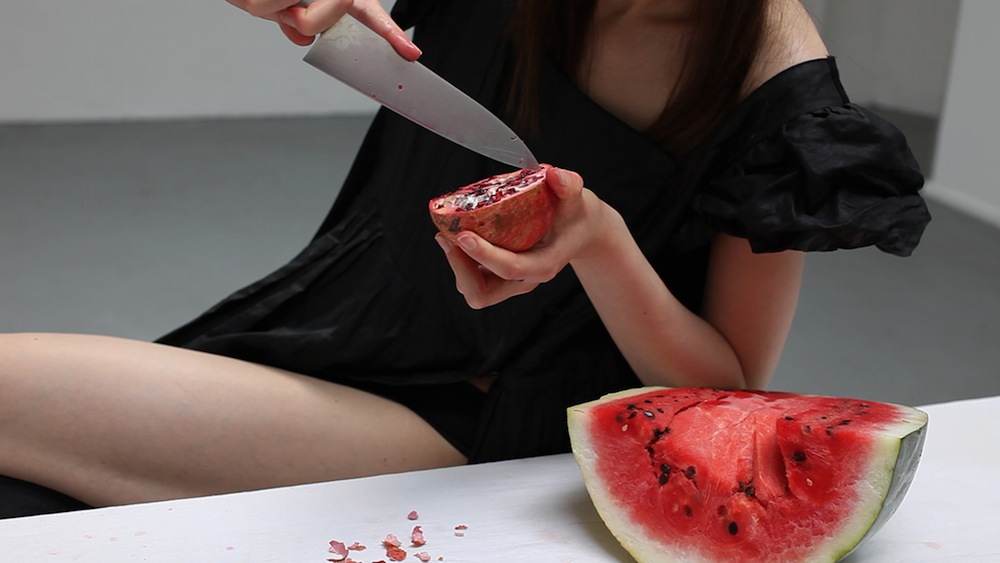Eastern promise: how designer Tigran Avetisyan is reinventing menswear
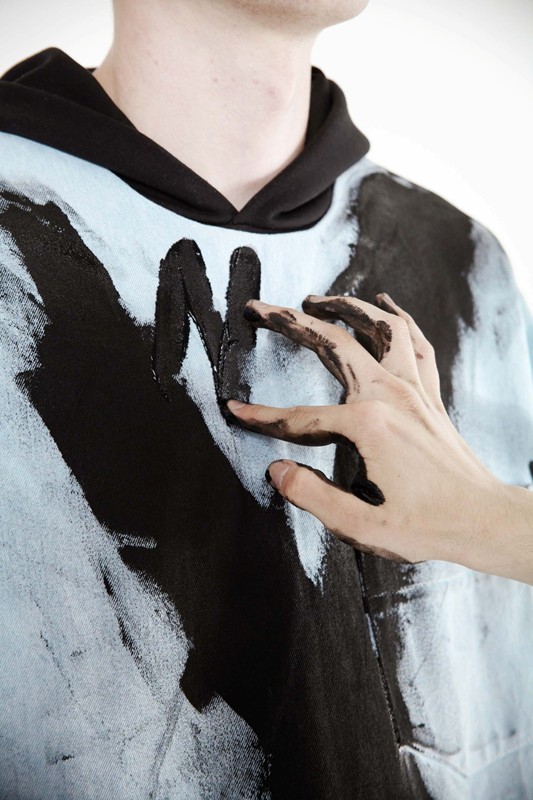
Moscow-based designer Tigran Avetisyan's clothing is scruffy, wrong and bold — something fashion's been missing for a long time, writes Anastasiia Fedorova
Designer Tigran Avetisyan takes a light blue denim jacket, places it on the table and mercilessly paints all over it with thick black paint. It sends a chill down my spine and he’s not even done yet. He picks up a piece of chalk and scribbles the following message over it: “Nothing changes.” It’s scruffy, it’s wrong and it’s a bold statement — something fashion has been missing for a long time.
Avetisyan moved back to Moscow a year ago armed with a bachelor’s in fashion menswear from London’s Central Saint Martins and some good press from Vogue Italia, Business of Fashion and other respected publications. Now the 25-year-old has his own small studio space where he’s currently working on the 2015 collection for his eponymous label. His Spring-Summer 2014 collection, loosely based on his graduate show, was funded by French luxury goods group LVMH, owners of Louis Vuitton, Givenchy and Celine and a raft of other high-end designer labels. The collection features voluminous silhouettes and light denim smothered with black paint and slogans of disillusionment: Nothing Changes, No Jobs, Stop Dreaming, Too Much Pressure, I Wish You Weren’t Here.
“I always think about the message of the collection first and then about the details and tailoring. The idea for the paint and chalk came to me accidentally,” says Avetisyan who has a mop of unruly black curls and dark brown eyes. “Two to three months before the show, one of my teachers came into class and put a chalkboard opposite my table. The rest is history. The next day I started from scratch.”
During his time at Central Saint Martins, Avetisyan’s classmates would discuss the grim future that lay ahead for them in the fashion industry. “We all knew that it would be really hard to find jobs and be adults,” he says. “You always hope that it will be different but a lot of my classmates are still unemployed.”
“The reason I’m doing fashion is because I think it’s a better medium for communication. Everyone is interested in clothes”
When Avetisyan originally applied to the college it was to do product design but he soon switched to menswear. The change was due to both a desire to convey a message, and, to a certain extent, vanity. “The reason I’m doing fashion is because I think it’s a better medium for communication. Everyone is interested in clothes. If I asked you to name five product designers, you’d struggle. But if I asked you to name five fashion designers, you’d come up with 25 or 30 names easily.”
Inspiration, he says, comes chiefly from film. Not just because of the visuals but also because of the possibility of manipulating time and space. “I really like how you can apply these techniques, let’s say to editing a film. For example you can have a very long take like in a Tarkovsky film. And you can have the same thing in fashion. That really excites me. You can have a long collection where nothing changes. Or you can do the complete opposite where every look comes and goes quickly.”
Avetisyan didn’t plan to launch his own label upon graduation and instead embarked on a series of internships at Lanvin, Fred Perry and Acne in the hope of a job offer. He was finally offered a position at Acne, only for it to be revoked after budget cuts hit the design team. Hard times spelled a return to Moscow where he began to think about starting his own brand. Lacking the skills for complex tailoring, he ended up creating the oversized coats and robes that have won him critical attention. “My work in general is about taking a negative and turning it into a positive,” he says. “That’s my design ethos”. He’s equally positive about working in menswear, typically the most conservative sphere in fashion: “It makes it easier to make a statement.”
For now, Avetisyan’s focus is his 2014 Autumn-Winter collection. Although he’s still fishing around for ideas, a few things are certain. “I know it has to stay big and oversized. It has to have a few of my signature details which people recognise me by,” he says. “There will probably be paint but what kind of paint and what colours, I don’t yet know. It’s still a mystery.”








